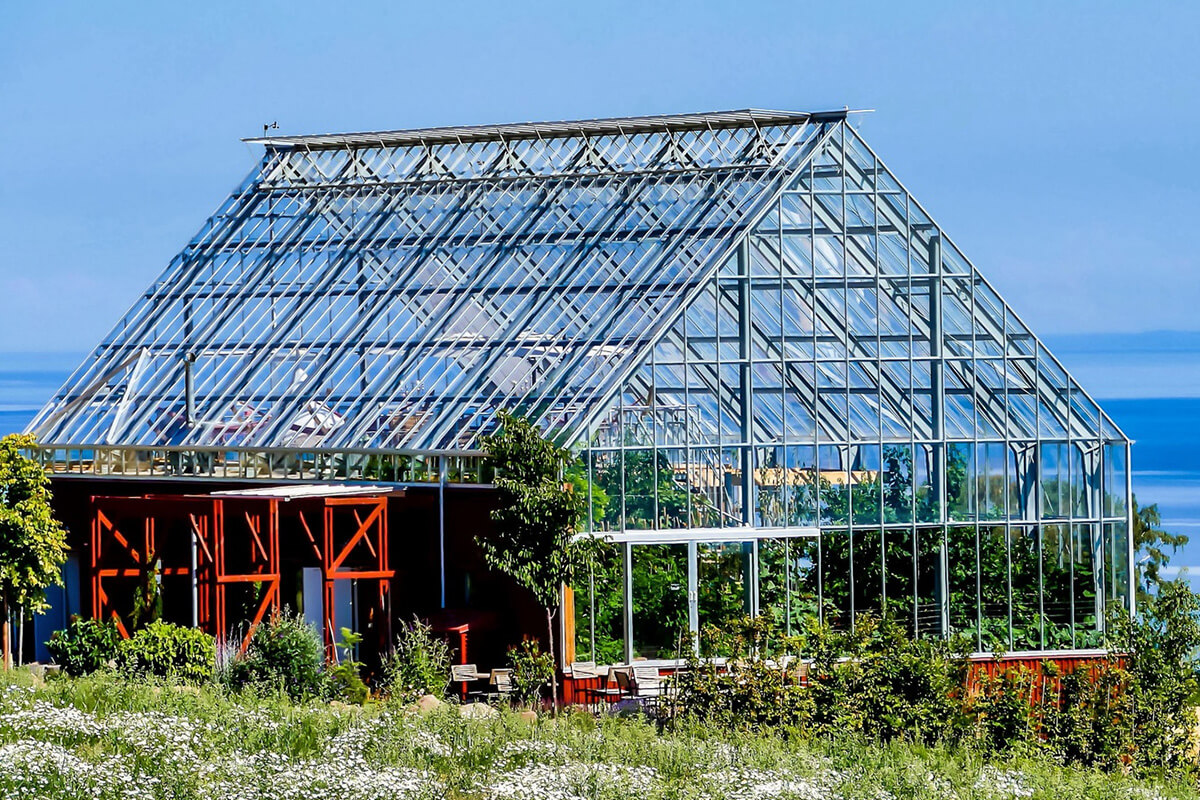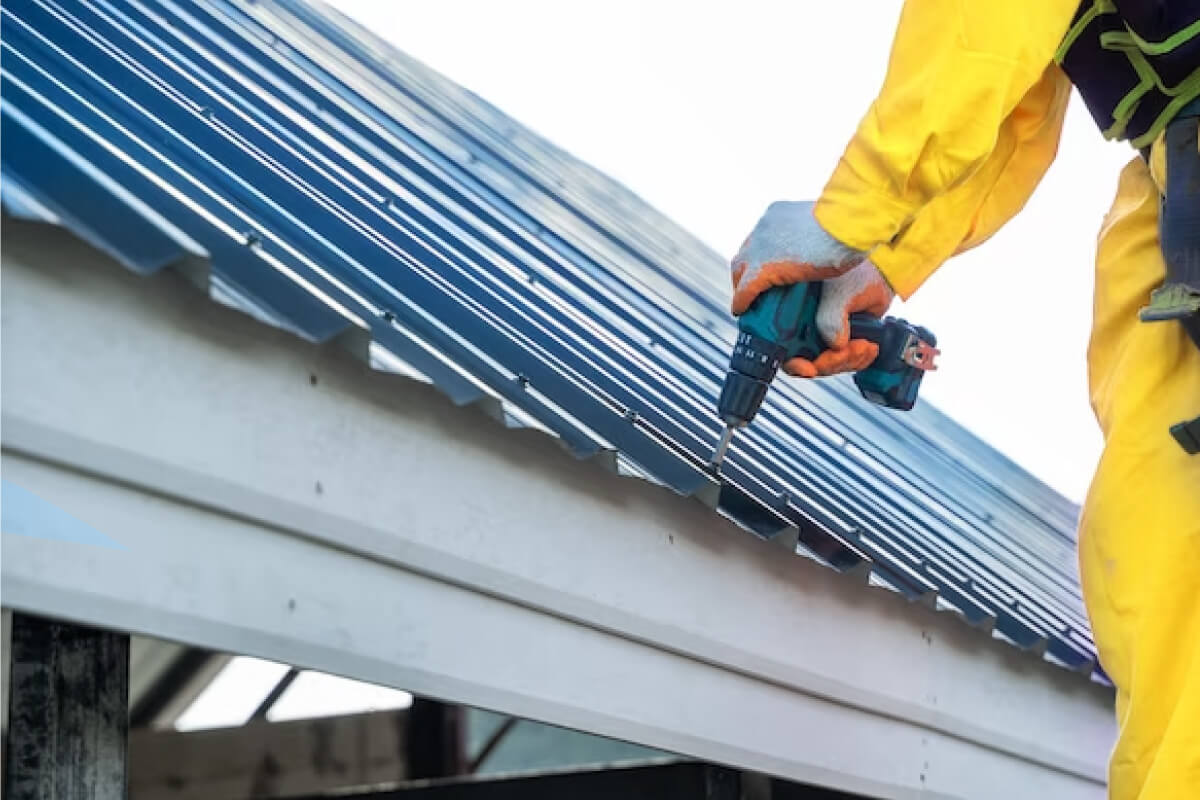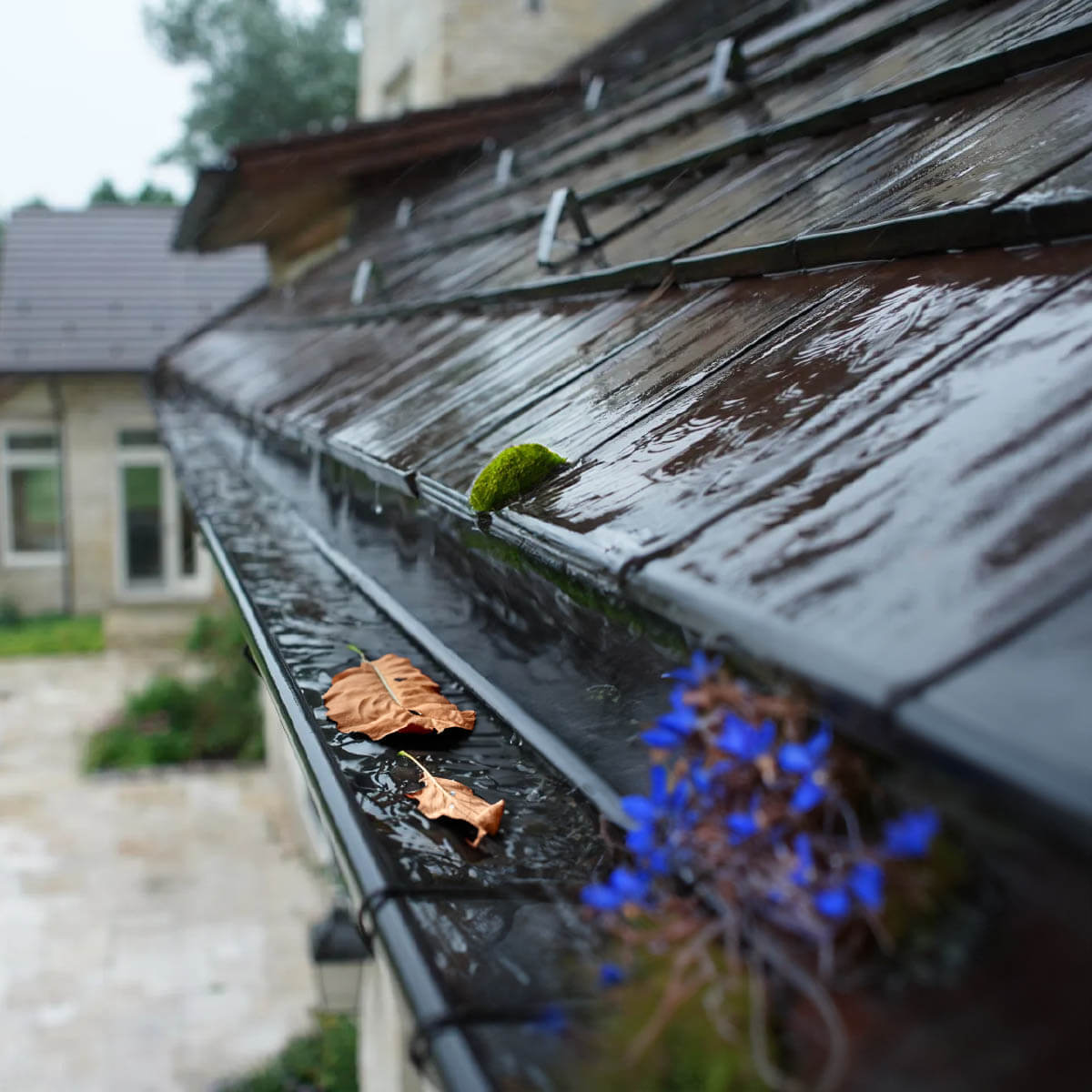How to build a green house? In regions with harsh weather or short gardening seasons, building a greenhouse is the best way to extend the growing period and maintain a controlled environment year-round. This guide provides expert instructions and insider tips to help you construct a successful greenhouse.
How to Build a Green House? Expert Instructions and Insider Tips
Greenhouses, like all building types, come in all shapes and sizes. Factors such as weather conditions, environmental restrictions, available area, and budget. will determine the type of greenhouse that is most suitable for your needs.
By structure, there are freestanding, attached, cold-frame, gothic arch, tunnel, A-frame, Polytunnel, and hoop greenhouses, to name a few. Polytunnel and Hoop-house type greenhouses became more popular after the mid 20th century after wider polypropylene films became more commercially available, whereas Gutter-connected or multi-span greenhouses became more prevalent after the 90’s, and are often used on commercialized agricultural farming businesses.
Planning and Preparation
Determine Your Needs:
- Decide what you will grow and how much space you need.
- Consider the types of plants and their specific environmental requirements.
Choose the Location:
- Selecting the perfect spot is crucial when learning how to build a green house; choose a site with maximum sunlight exposure, ideally southern exposure, and ensure it is shielded from strong winds.
- Ensure the location is level and has good drainage.
- Consider proximity to water and electricity sources.
(Read more: Wind Resistant Greenhouses: Guidelines for High Wind Areas!)
Decide on the Greenhouse Type:
- Lean-to: Lean-to greenhouses can be a beautiful subsidiary space built on an existing yard or patio, connected to an existing structure, which is very popular for home gardening. They utilize an existing wall space and are usually covered with polycarbonate sheets or glass.
- Freestanding: A freestanding greenhouse is a standalone structure that is not attached to any other structures, and more flexible in placement and design. Unlike multibay greenhouses, a freestanding greenhouse can be tailored with growing environments for different produce, and also shut down when not in use. Light enters on all four sides and offers better lighting conditions. Glass, polycarbonate sheets, or polyethylene film are the most common covering materials.
- Hoop House: Hoop greenhouses are sometimes called high tunnel greenhouses due to its hooped, bowed main framing. They are often covered with polyethylene sheets, economical, easy to construct, and are considered a very cost effective solution for builders on a budget.
- Geodesic Dome: Distinctive in its spherical shape which minimizes the surface area of the greenhouse, Geodesic Dome greenhouses reduce heat-loss and thus energy-efficient. The design requires fewer resources compared to traditional building methods, but does not sacrifice any strength, and therefore considered an eco-friendly design, suitable for various climates.
- A-Frame: A-frame greenhouses have a distinctive triangular shape, providing excellent ventilation and natural light. Although this design requires more framing material and accessories such as ridge caps and flashings, it provides a stronger structure and can also be designed with a steeper slope, which is especially suited for higher altitudes where it snows.
- Gothic Arch: Gothic arch greenhouses are arched with a pointed crown that meets at an angle at the top of the arch. Similar to Dome-greenhouses, it allows maximum sunlight exposure and efficient use of space, but is mostly built for its aesthetic appeal. The curved design of the greenhouse provides excellent structural support, making it suitable for those living in areas with heavy snow loads or strong winds.
Green House Materials
Choosing the right materials is essential for building a sturdy and efficient greenhouse. In this section, we will discuss the various options for frame and glazing materials, helping you understand how to build a green house with the best materials suited to your needs.
Frame Materials:
- Wood: Easy to work with, good insulator, but requires maintenance.
- Steel: Easy to work with, weld, and shape, but are more prone to rust and require regular maintenance.
- Aluminum: Lightweight, durable, and low maintenance.
- PVC: Affordable and easy to assemble, suitable for smaller greenhouses.
Glazing Materials:
- Polycarbonate Panels: Extremely strong compared to glass and other plastics; light, easy to install and require only light supporting structures.
- Glass: High light transmission, aesthetically pleasing but heavier and more expensive. Being heavy and fragile, it is more challenging to install and transport. Unlike plastic, glass is easy to clean, less prone to scratches, and if installed correctly, can last
- Polyethylene Film: Economical, easy to replace, but less durable.
(Read more: Green House Roof Materials: Why Polycarbonate Is the Best?)
Building the Green House
Building a greenhouse requires careful planning and execution to ensure a robust and efficient structure. In this section, we will guide you through the essential steps on how to build a green house, from laying the foundation to installing glazing materials. Follow these expert tips to create a greenhouse that will thrive in any condition.
Foundation:
- Concrete Slab: Permanent and sturdy, good for large greenhouses.
- Timber Base: Easier to install, suitable for smaller structures.
- Paver or Gravel Floor: Provides good drainage, less permanent.
Construct the Frame:
- Cut and assemble the frame according to your design plans.
- Use weathering resistant screws such as Ruspert or Mechanical Zinc plated Class 3 or Class 4 screws.
- Ensure all joints are square and level for structural integrity.
Install Glazing:
- Flat glazing materials such as polycarbonate flat sheets or glass are usually sandwiched in between glazing bars which are fixed either metal or wooden substrates, and weather proofed with sealing washers.
- Corrugated glazing material such as polycarbonate sheet coverings or PE (polyethylene) Films, sheets are covered directly over the structure, which is then fixed and sealed off with dedicated polycarbonate sheet screws such as BDN Poly-Fast®.
(Read more: How to Install Plastic Corrugated Roofing? A Step-by-Step Guide!)
Ventilation and Heating:
After building the frame, the next important aspect in how to build a green house is ensuring proper ventilation and climate control. This will help maintain the ideal environment for plant growth.
- Install vents, windows, or fans to regulate temperature and humidity.
- On negative pressure cooling greenhouses, exhaust fans are used at one end of the greenhouse to pull or exchange the air in the greenhouse out of the building with fresh outside ambient air temperature.
The temperature within the greenhouse can be balanced through a water evaporation cooling pad system. Air that is chilled through water evaporation is pulled to the opposite end of the greenhouse and out of the building through large ventilation fans. This cycle repeats at a frequency of around 1.3 times per minute.
- Heat can also be lowered by using glazing material with shading or IR blocking properties, this is also very effective in that the material itself acts as an insulator. For a more cost effective method, retractable shade nets or cloth are also used.
How to Build a Green House: Insider Tips for success
Temperature Control:
- Use a combination of passive (vents, shades) and active (cooling fans, heaters) systems to maintain optimal temperatures.
- Consider using thermal mass (like water barrels) to store heat during the day and release it at night.
Lighting:
- Supplement natural light with grow lights during winter or for specific plants that require more light.
- Use timers to automate lighting schedules.
Pest Control:
- Keep the greenhouse clean and remove debris that could harbor pests.
- Use insect screens on vents and doors.
- Introduce beneficial insects like ladybugs for natural pest control.
Maintenance:
- Regularly check and repair any damage to the structure and glazing.
- Clean the glazing material to ensure maximum light penetration.
- Monitor and adjust the environment (temperature, humidity) as needed.
Seasonal Adjustments:
- In winter, insulate the greenhouse with insulating materials, though it is imperative to construct the greenhouse correctly, for any insulation method to work.
- In summer, increase ventilation and use shade nets or cloth to provide extra shade and prevent direct sunlight penetration.
By following these expert tips and instructions on how to build a green house, you can create a thriving environment for your plants all year round. Enjoy the extended growing season and the ability to cultivate a variety of plants year-round.
A well-constructed greenhouse enhances your gardening experience and provides a sustainable way to grow fresh produce and beautiful flowers. Take the first step towards your dream greenhouse today. For more detailed instructions and high-quality fasteners, visit BDN Fasteners to ensure your greenhouse project is a success.






